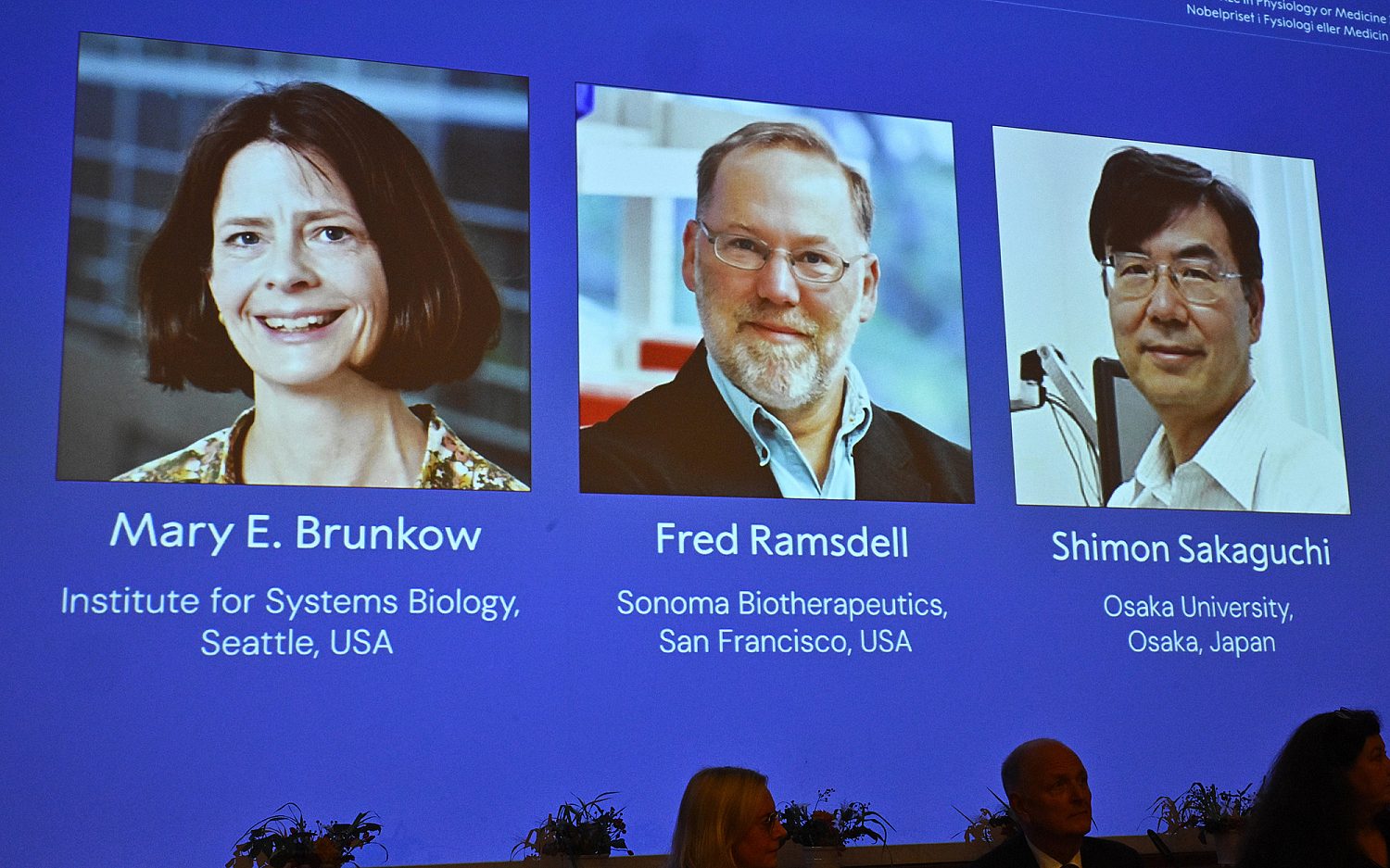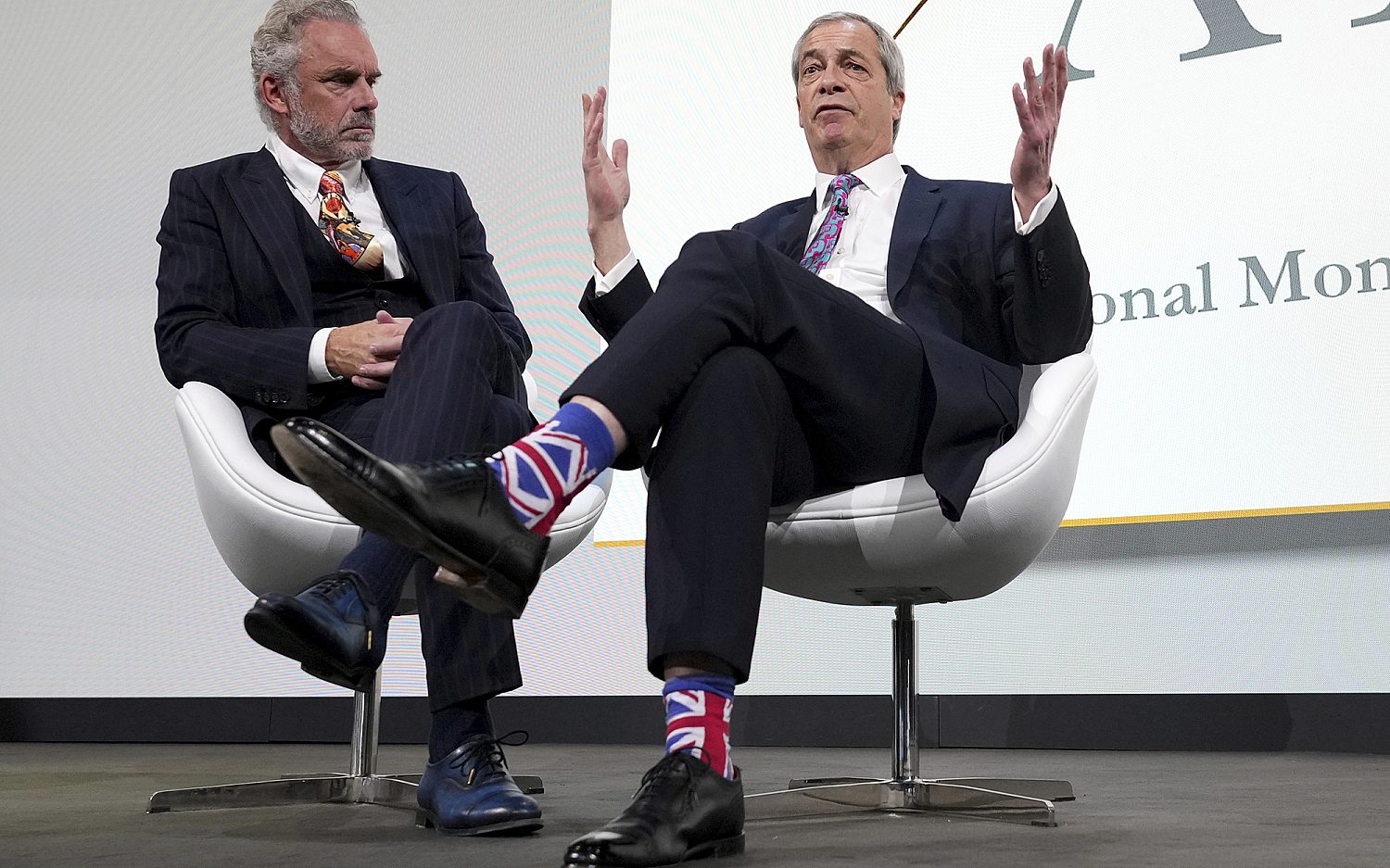FDA considers lifting gay blood donor ban
Move comes amid increased pressure from the LGBT community after the Orlando terror attack
After the June terror attack on a gay nightclub in Orlando, many in the homosexual community stood in line for hours to give blood, only to be turned away. Although the Food and Drug Administration (FDA) rescinded a total ban on homosexual blood donors in December, the new policy requires gay and bisexual men to abstain from sex for a full year before donating blood.
Under pressure from angry LGBT activists and some members of Congress, the FDA announced last week it will consider further revisions to its blood donor policy.
Anthony Hayes, vice president of Gay Men’s Health Crisis, called the FDA’s current policy “the same lifetime ban dressed up differently in hopes we wouldn’t notice.”
The day after the Orlando shooting, several congressional Democrats issued a press release calling the FDA’s one-year ban a “bigoted, backward, and unscientific regulation” which “does not go far enough in ending an outdated policy that is medically and scientifically unwarranted.”
The FDA originally banned blood donations from all gay or bisexual men in the 1980s in an effort to reduce the risk of spreading the human immunodeficiency virus (HIV). Dr. Don Francis, then an epidemiologist with the Centers for Disease Control and Prevention, remembers a very different response from the homosexual community when officials announced the total ban.
“Gay men were perfectly happy not to donate blood,” he told PBS.
Rapid testing for HIV in blood products began in 1985. Now only about 1 in 2 million donations might carry HIV and transmit HIV if given to a patient. The FDA reexamined its policies several times over the years but declined to make a change until December, when officials announced a partial lifting of the ban. FDA officials said a complete lifting wasn’t supported by science. LGBT rights groups cried foul.
Many in the medical community also support lifting the one-year ban, seeing it as a double standard.
“Policies that send a message that unprotected heterosexual sex with multiple partners is safer than monogamous sex between homosexual men aren’t just nonscientific, they seem sort of bigoted too,” Dr. Aaron E. Carroll, director of the Center for Health Policy and Professionalism Research, said in a recent Healthcare Triage broadcast.
But according to a 2014 study published in Transfusion, a history of male-to-male sexual contact was associated with a 62-fold increase in risk of HIV transmission among blood donors, compared to a control group. By contrast, a history of multiple sexual partners of the opposite sex in the last year increased the risk of HIV transmission among blood donors only 2.3-fold.
Remembering why health officials established the current standard sheds light on its intent.
“The first priority of a public health crisis is to identify the people affected and limit further exposure,” said Dr. Jeremy Wilson, a family practice physician at Christ Community Health Services. “In the ’80s they made a judgement call hoping to limit the outbreak of a deadly virus. It wasn’t a bigoted response. But should they have updated the guidelines before now? Probably so.”
Defenders of the current policy say the one-year restriction is directed toward high-risk behavior and not specific individuals. The FDA also has a one-year ban for those who have had a tattoo or body piercing. Illegal intravenous drug users and anyone who has ever exchanged sex for money or drugs are banned indefinitely. Some activists have decried those restrictions as well.
Both sides point to “science,” but claims of bigotry have pushed the FDA to consider lifting all restrictions on homosexual and bisexual males. For an agency that watched one of the deadliest epidemics in history affect the nation’s blood supply, change comes slowly.
Peter Marks, the FDA’s director for research, hopes the agency can moved toward an individual risk assessment as a “top priority” and still keep the blood supply safe, but he couldn’t say when that would occur.
“Because this process must be data-driven, the time frame for future changes is not something we can predict,” he told CNN.
An actual newsletter worth subscribing to instead of just a collection of links. —Adam
Sign up to receive The Sift email newsletter each weekday morning for the latest headlines from WORLD’s breaking news team.




Please wait while we load the latest comments...
Comments
Please register, subscribe, or log in to comment on this article.